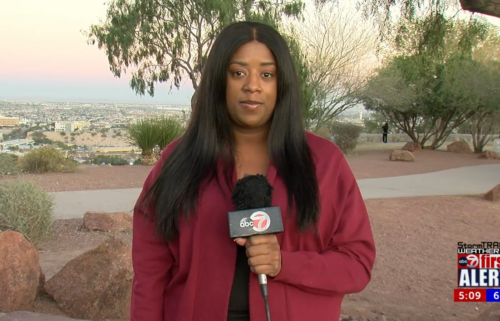Federal judge orders DOJ to set up media access to Capitol riot video after CNN and other outlets sued
A federal judge ruled on Friday that the Justice Department must create a digital “drop box” where media outlets can access videos used in Capitol riot court cases after 15 news outlets, including CNN, sought body camera and surveillance video that’s been seen by judges but not the public.
The ruling is the latest in an ongoing struggle for the public to see close-up, brutal moments of the insurrection, as Republicans and former President Donald Trump try to recast the January 6 hijacking of the US Capitol by Trump supporters as victimization of the far right.
CNN and 14 other news outlets sued for the access earlier this month because many videos had become public records in court.
The videos “have so far played a significant and meaningful role in the adjudicatory process in many of the Capitol Cases, with extensive discussion of these exhibits in the government briefing, showing of the video exhibits prior to or at detention hearings before the Court, and close review of these exhibits by the Court,” Chief Judge Beryl Howell of the DC District Court wrote on Friday.
Yet the floodgates of video releases won’t open immediately.
Because the videos of defendants attacking the Capitol and its protectors zero in on “particularly egregious or inflammatory” moments, Howell didn’t side with a blanket public access policy. She also noted that releasing all video from court proceedings before a trial could prejudice future juries.
So the news outlets will have to seek video from court on a case-by-case basis, Howell wrote in an opinion released Friday.
At least 430 Capitol riot defendants have been arrested, according to the Justice Department, and all of the federal cases are progressing through the DC District Court. Only one defendant so far has pleaded guilty and agreed to cooperate.
Many others are expected to plead guilty and avoid trial, as is common in court, yet some may push for jury proceedings as they attempt to maintain their innocence. Hours of video footage collected by investigators could be shown at those trials.
So far, Justice Department prosecutors have used videos to illustrate what they say are the most dangerous defendants’ actions on January 6, especially in cases where Trump supporters assaulted police.
The Justice Department previously released officer body camera footage used in court to show the alleged assault of Capitol Police Officer Brian Sicknick, who died the next day, after CNN and other outlets sued to have it released. Prosecutors had used the video in court to argue that two men who had chemical spray at the riot should stay in jail as they await trials.
The illustrations for the public of other Trump supporters severely beating police have come only in written words and still images. And judges have reacted strongly to video clips, often commenting how chilling the close-up views from police body cameras on January 6 are.
One Metropolitan Police officer who was beaten and tased during the riot, Michael Fanone, has advocated for the release of his body camera video and repeatedly criticized Republicans who’ve tried to downplay the violence during the insurrection.
CNN exclusively obtained Fanone’s body camera footage and aired it publicly for the first time this week.




